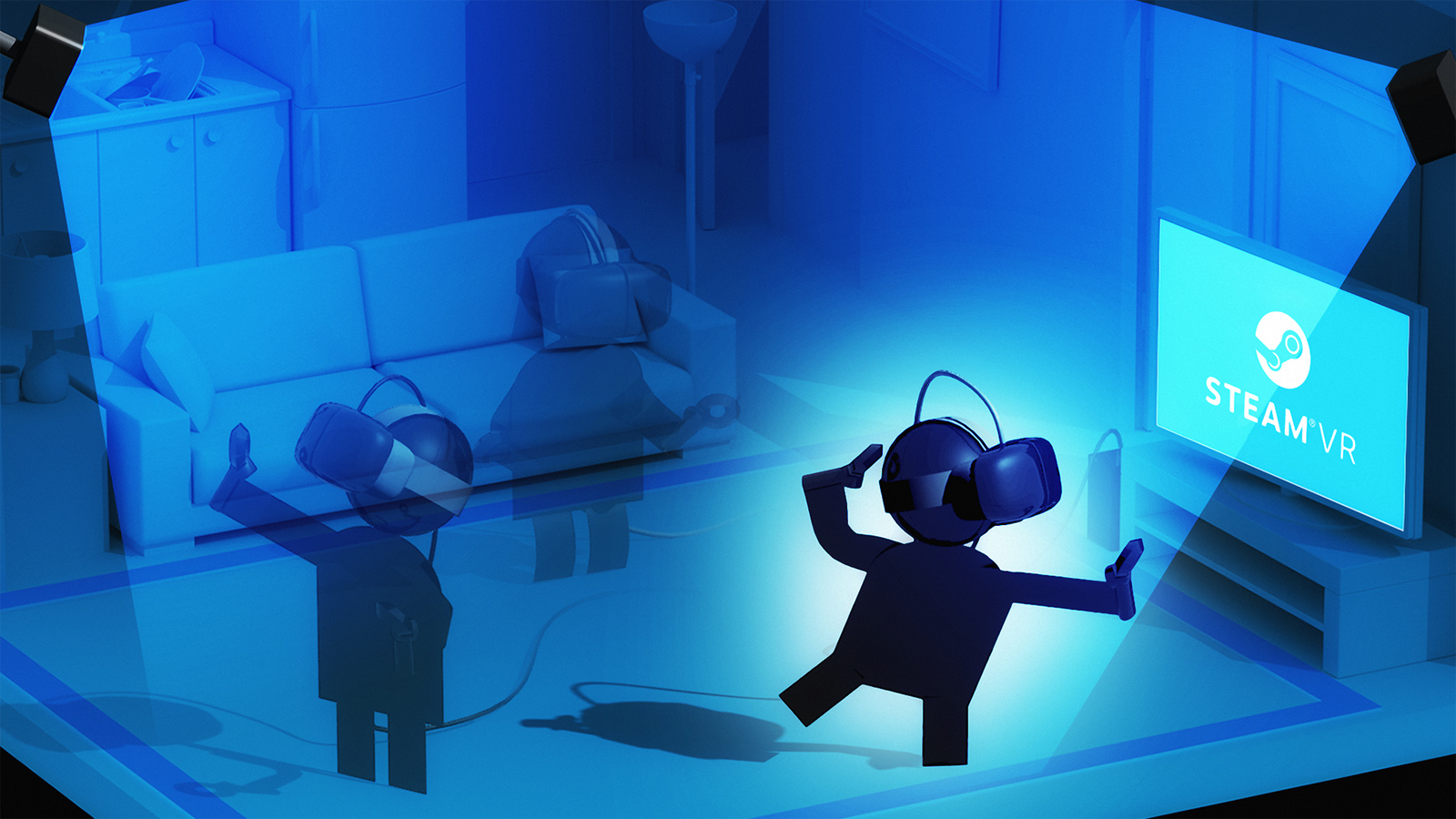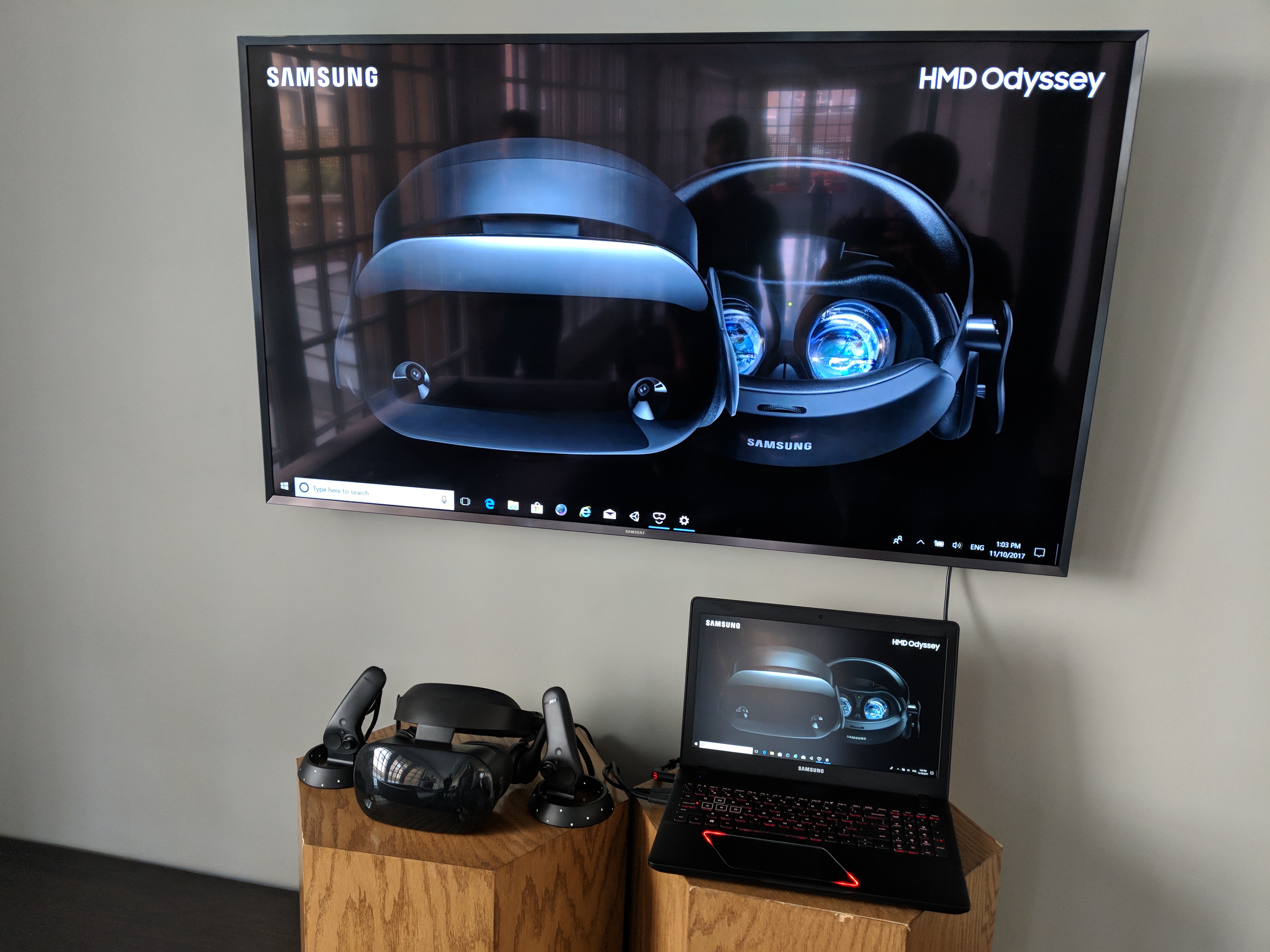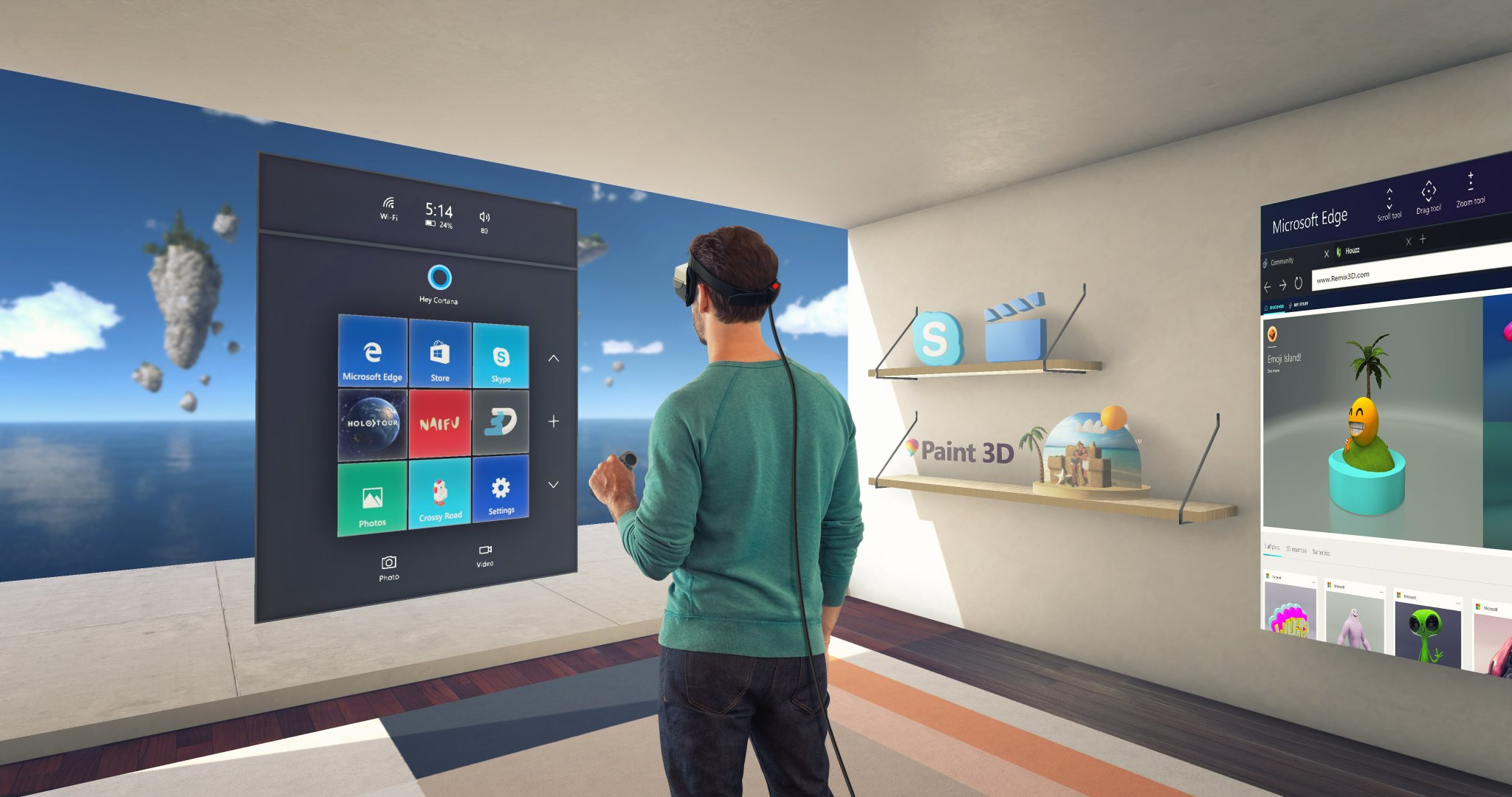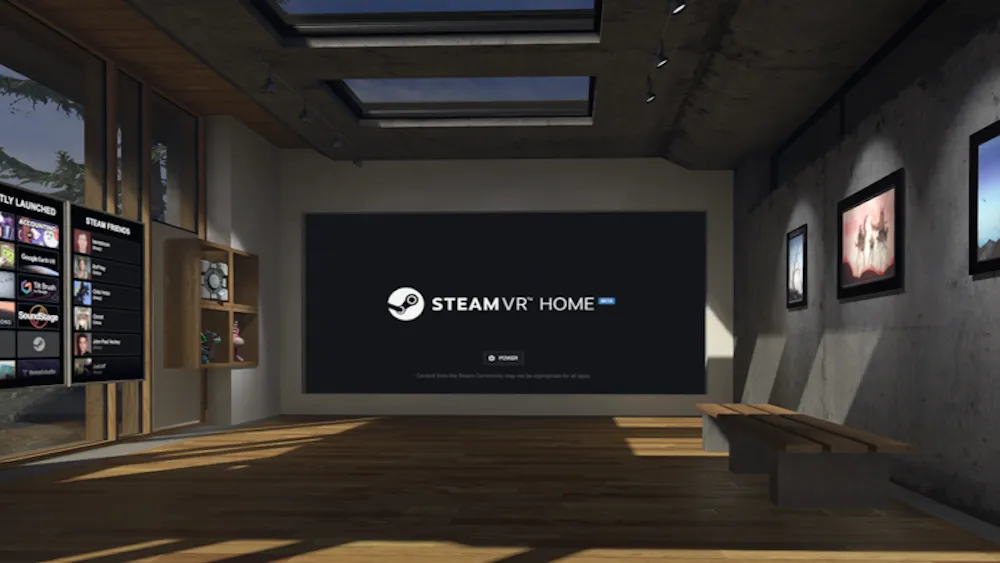Today I got the chance to go hands-on with the newly released Samsung Odyssey Windows VR headset. In my demo I spoke with folks from both Microsoft and Samsung, checked out native Windows VR apps like Space Pirate Trainer, and even launched SteamVR, The Lab’s Longbow, and GORN from inside the Windows VR device. I’ve had a busy day.
I’ll have more thoughts and impressions on the Samsung Odyssey early next week, but for now suffice to say that the advantages over the other Windows VR kits was immediately noticeable and worthy of the $499 price to get the Odyssey HMD and Windows VR controllers. In brief, these are the main differences between the Odyssey and the other Microsoft VR devices:
- Each lens is OLED quality instead of LCD,
- Each lens’ resolution is 1400 x 1600 instead of 1400 x 1400,
- The field of view is 110-degrees isntead of 95-degrees,
- The controllers are bit smaller and more ergonomic.
As stated, I’ll have more thorough thoughts on the headset itself early next week, but for now, let’s talk about SteamVR support.

SteamVR Through a Windows VR Headset
Microsoft told us that it would be rolling out in preview starting November 15th, which is next Wednesday. In the meantime, Samsung and Microsoft were kind enough to let me try out the functionality early to see how it works.
Anyone that’s ever used an Oculus Rift or an HTC Vive knows that setup can be quite a pain. Not only do you have to make sure the apps you want to run are installed with the setup process completed for your headset of choice, but you’ve also got to setup your tracking system as well. In the case of the HTC Vive that means two lighthouse base stations in the corner of your play space (such as on tall tripods or mounted to the wall) and in the case of the Oculus Rift that means up to three cameras pointed towards your play space.
Once your VR room is all setup and good to go you don’t have to do much fiddling unless you swap headsets, but it’s a huge pain to travel with even if you have a VR laptop.
In the case of Windows VR, not only are the system requirements quite lower, which allows things to actually run on integrated graphics for some devices, but you don’t need a tracking system at all because the headset’s embedded cameras on the front do all of the tracking for you — including the controllers. So all you need is your laptop, headset with the included dual HDMI/USB cable, and your controllers. That’s it.

You can read some more detailed impressions of what we think of the Windows VR ecosystem and the entry-level Acer headset (plus controllers) right here. But today is the first time we’ve got to try one of the Windows VR devices with SteamVR.
Since everything in Windows VR is launched through the Windows Mixed Reality portal, which resembles a cliffside penthouse when you put on the headset, it’s a bit different than playing SteamVR games on Rift or Vive. On the Rift and Vive you’d launch SteamVR itself as an application on your PC, it registers your headset, trackers, and controllers, and then you put on the headset to enter SteamVR Home and pick an app. For Windows VR, you open up Steam just like you would any other UWP app in the VR cliff house interface and it teleports you to SteamVR Home that way.
From here I could see my Windows VR controller models rendered and floating in front of me, much like Rift’s Touch controllers or the Vive wands. The representative that was with me in San Francisco running the demo said I could pick any of the half-dozen recent apps in front of me so I launched into The Lab to try out some Longbow.
It was immediately familiar and controlled great. Everything loaded smoothly and the controls felt very natural in my hands. Since the Windows VR controllers have both a touchpad and control stick on each hand, I had more freedom than with either Touch or the Vive wands.

Longbow is a wave-based shooter in The Lab in which you are standing atop a castle wall and must shoot stick figures before they break down the gate. It’s simple and addictive. Pulling back the arrow with my right hand felt fantastic with the Windows VR controllers because the curve and resistance of the trigger had a really nice feel to it. However, in the current SteamVR preview for Windows headsets, there is no haptic feedback yet. Theoretically that will change once official support rolls out.
I also tried out GORN, but it doesn’t seem like that developer has taken the time to add full Windows VR support. My hands showed up just fine and I was waiting in the tunnel to start the game, but I couldn’t reach the lever to enter the ring or move my character at all. The only native Windows VR app I tried was Space Pirate Trainer and the OLED display really helped increase the visual fidelity. I honestly didn’t notice much of a screen door effect at all and the sweet spot seemed larger than the other Windows VR headsets.

And that’s about it. Over time Microsoft is hoping to have full 100% support for all SteamVR apps, but that will take time. The representatives at my demo mentioned it’s mostly on a developer-by-developer basis right now since they’re launching SteamVR through the Windows Mixed Reality interface. That being said, it all did in fact work well.
The Samsung Odyssey is an attractive value proposition for consumers. At $499 you’re getting a Rift-quality headset (with included audio earpieces and motion controllers) that can launch its own UWP-native VR apps and will soon have SteamVR support as well. It will run on lower-end machines than the minimum requirements for Rift and Vive and it doesn’t need any external tracking systems. That’s impressive. It may not be quite as high-quality or accurate in terms of tracking, but it’s hard to compete with that package at that price.
We’ll have more thoughts on the Samsung Odyssey Windows VR headset next week, but in the meantime, let us know your thoughts and questions down in the comments below!


























